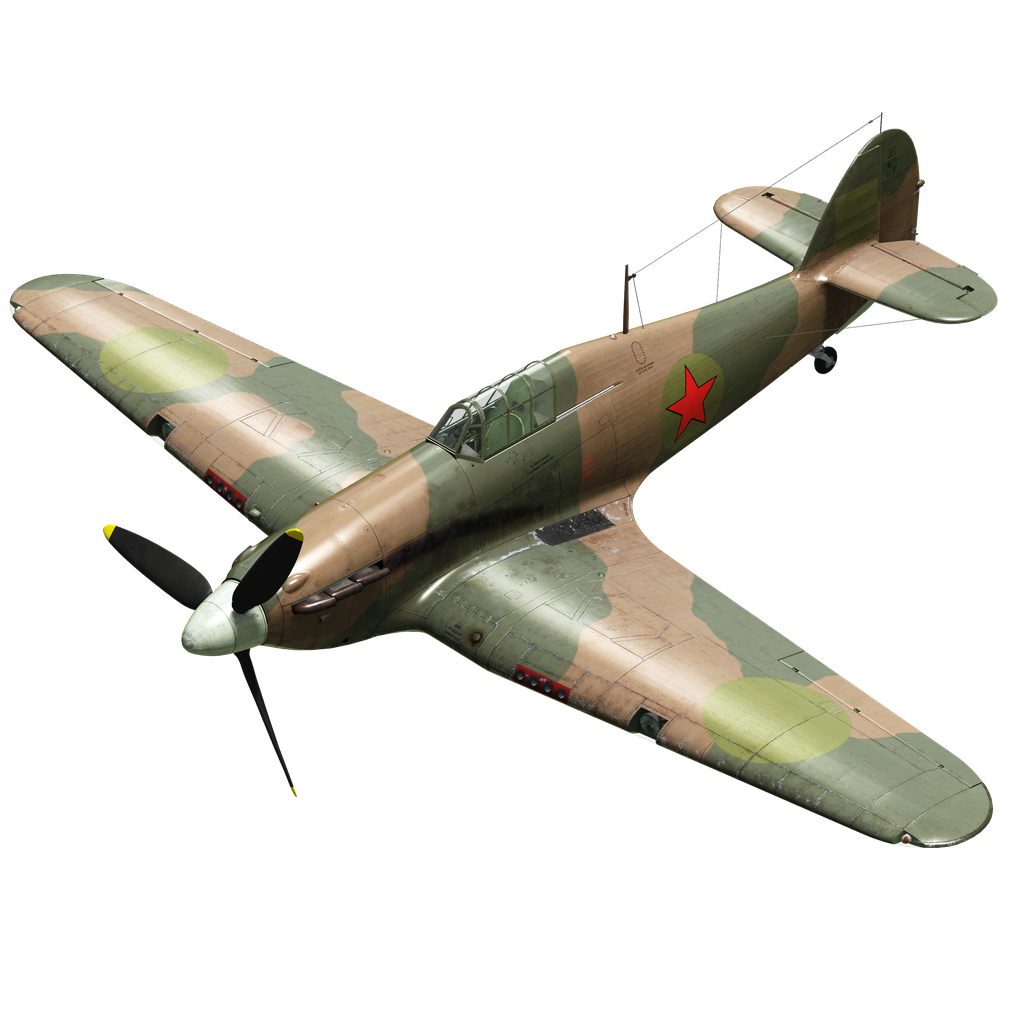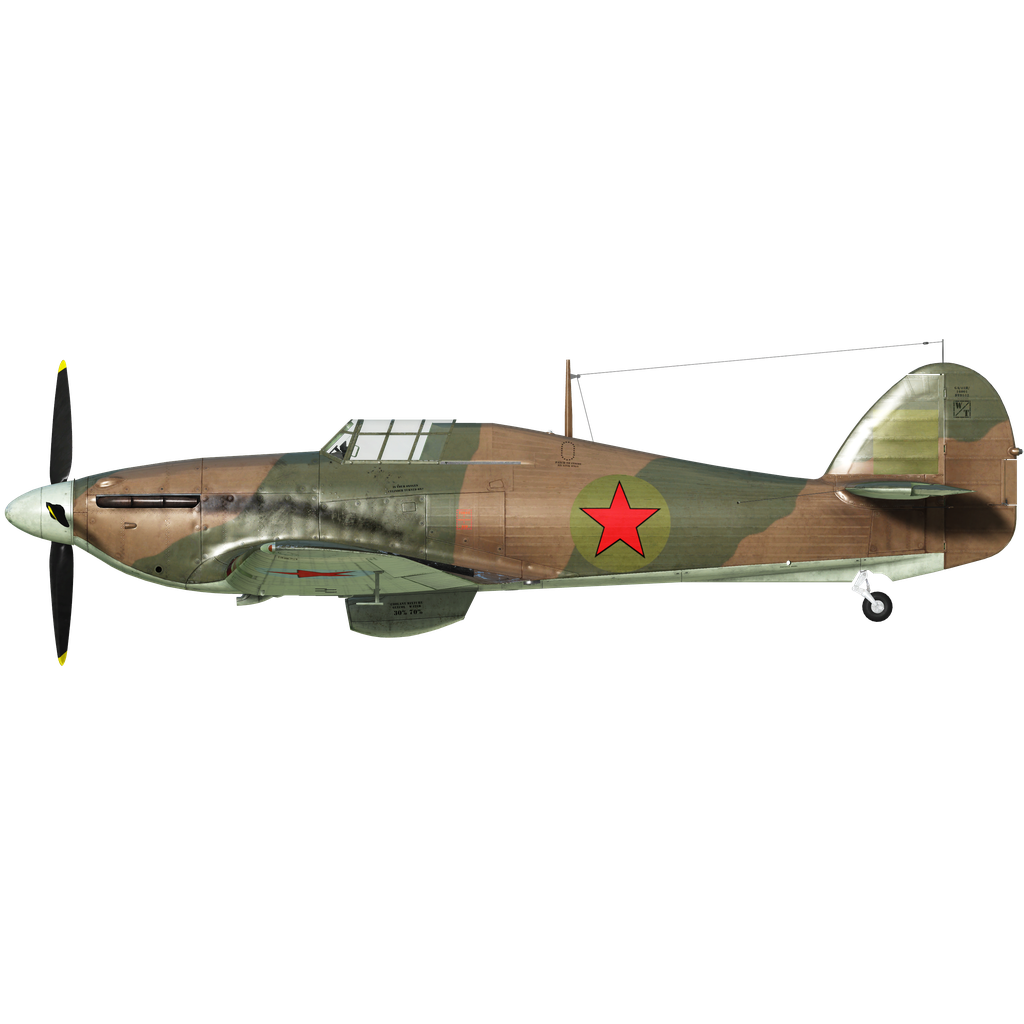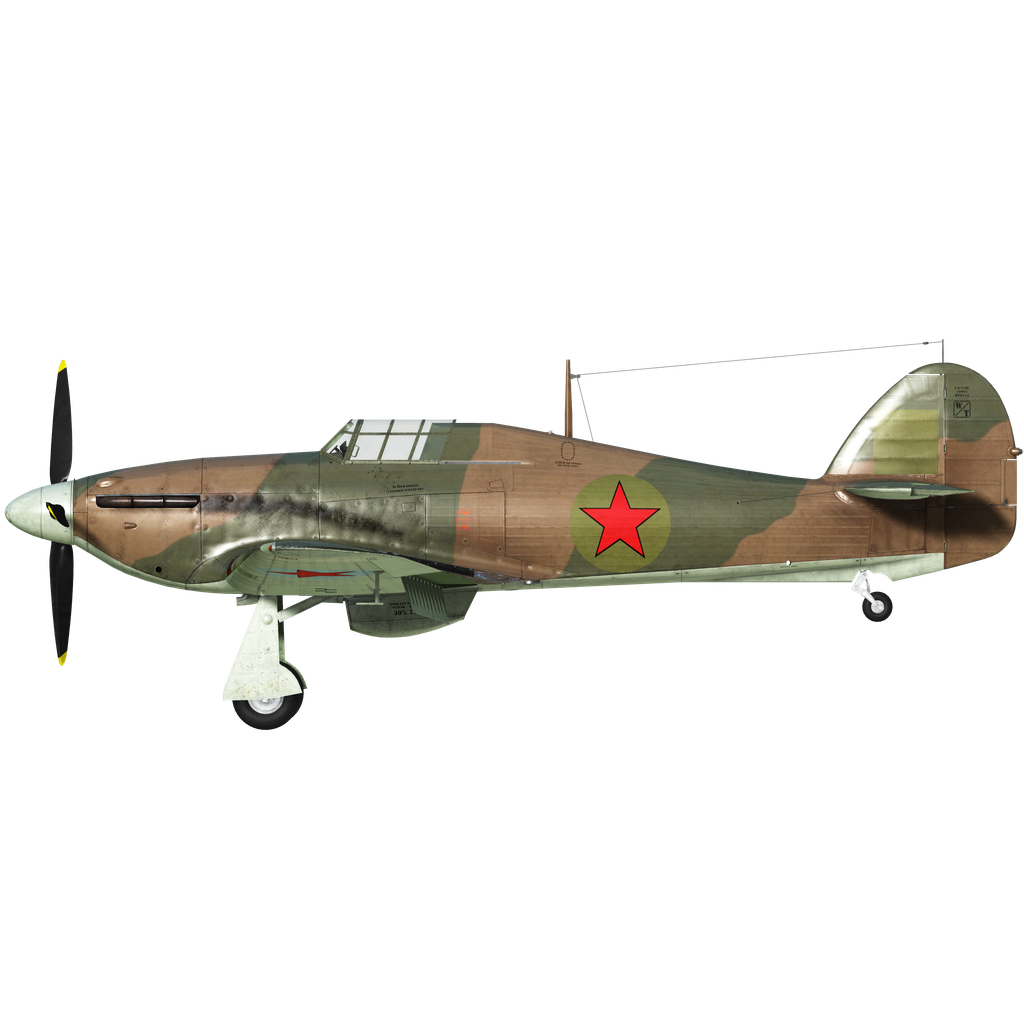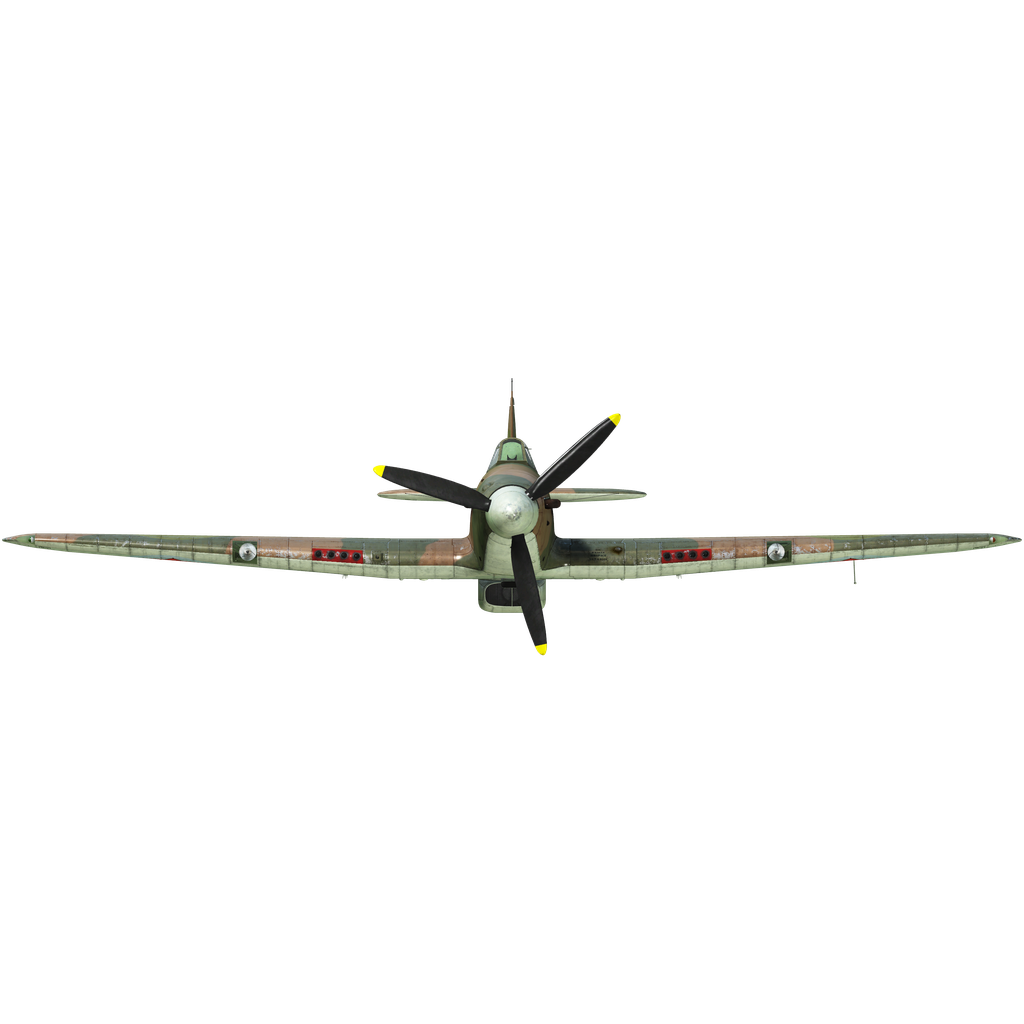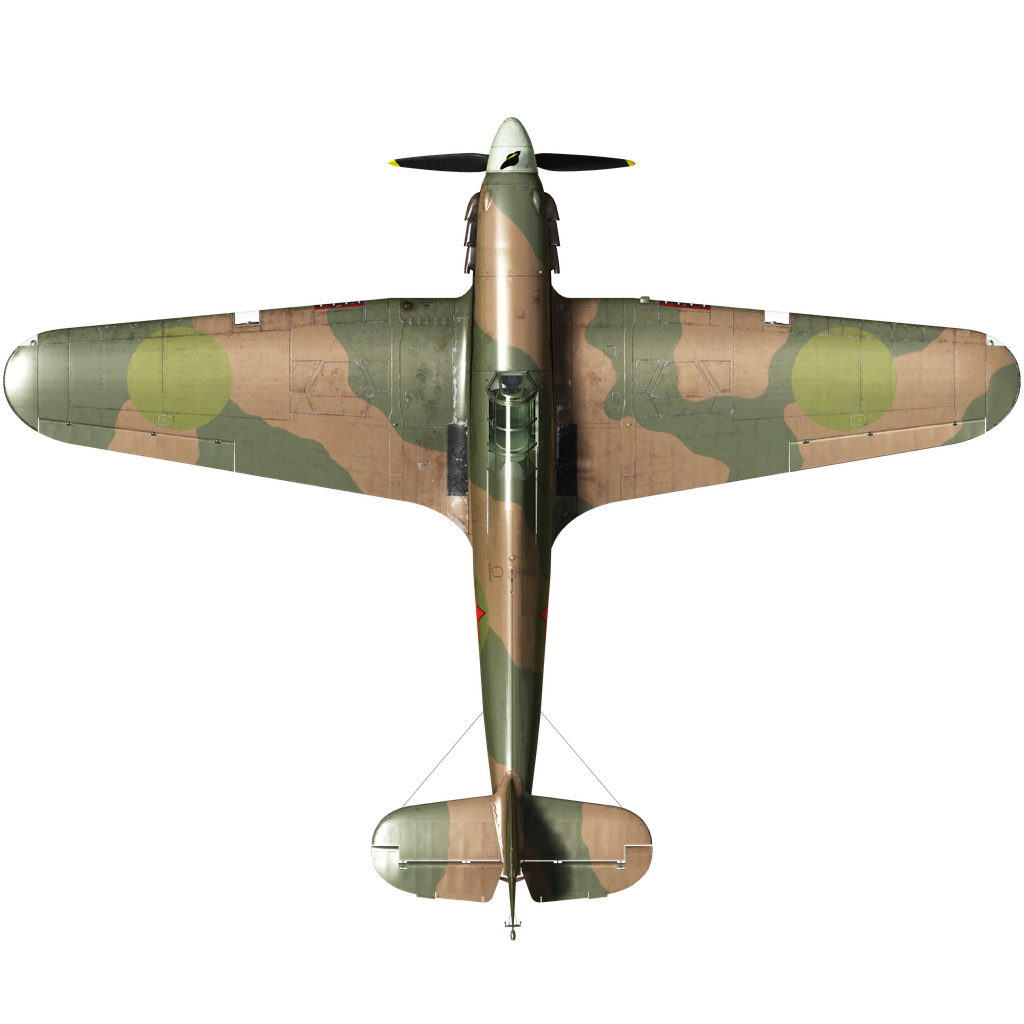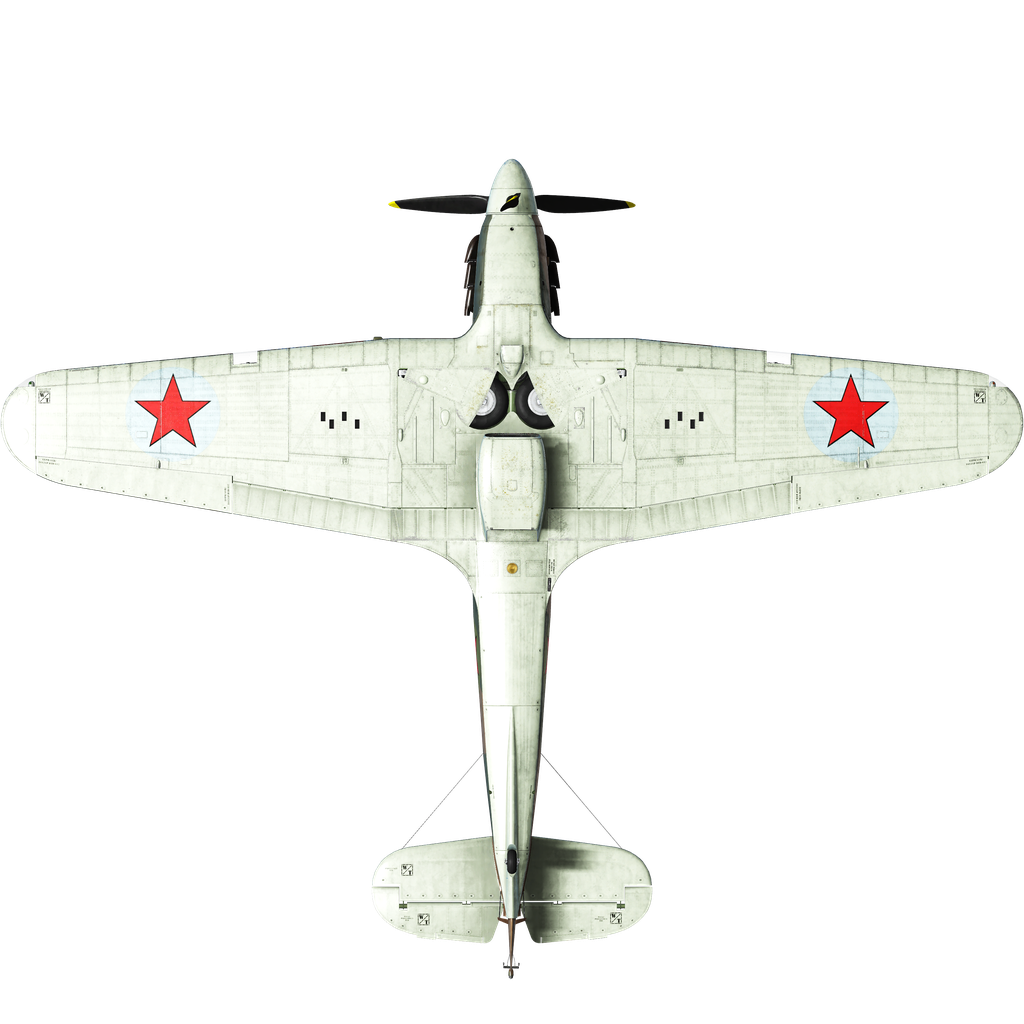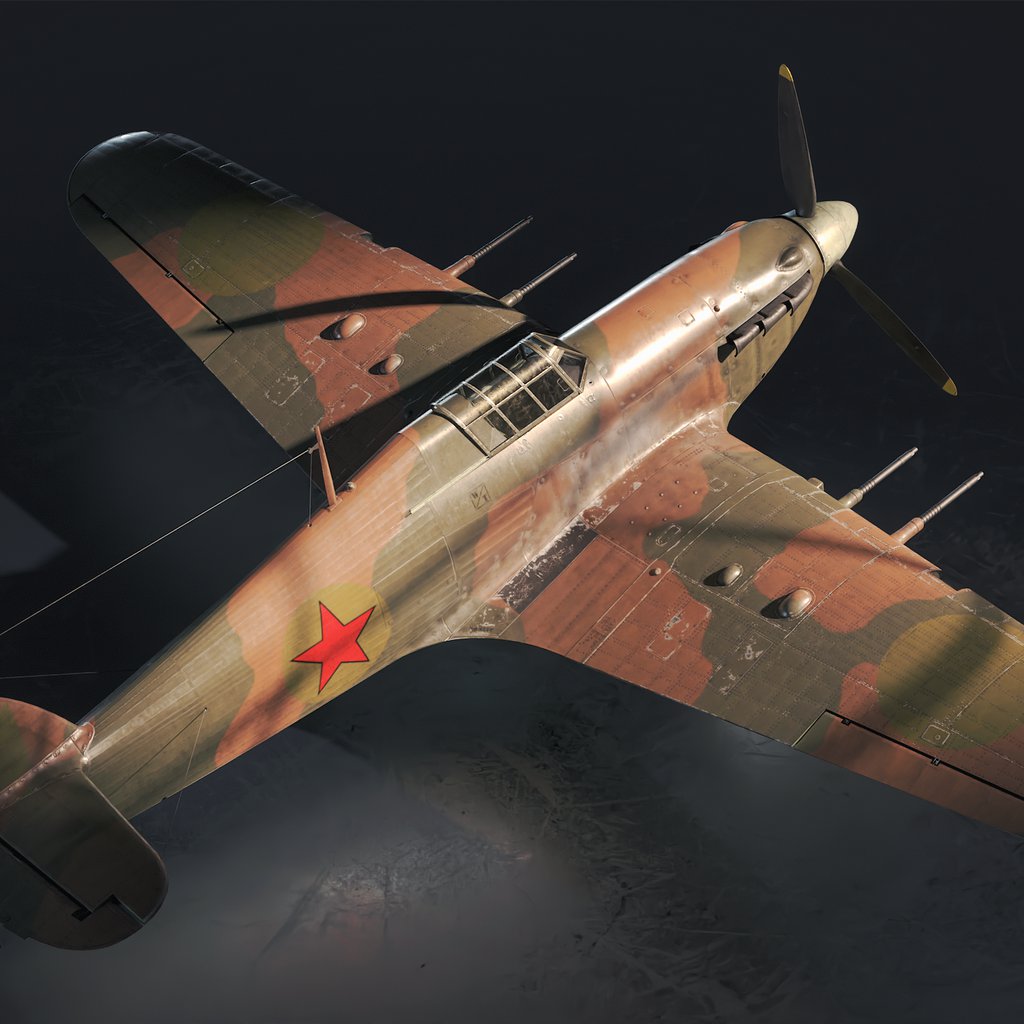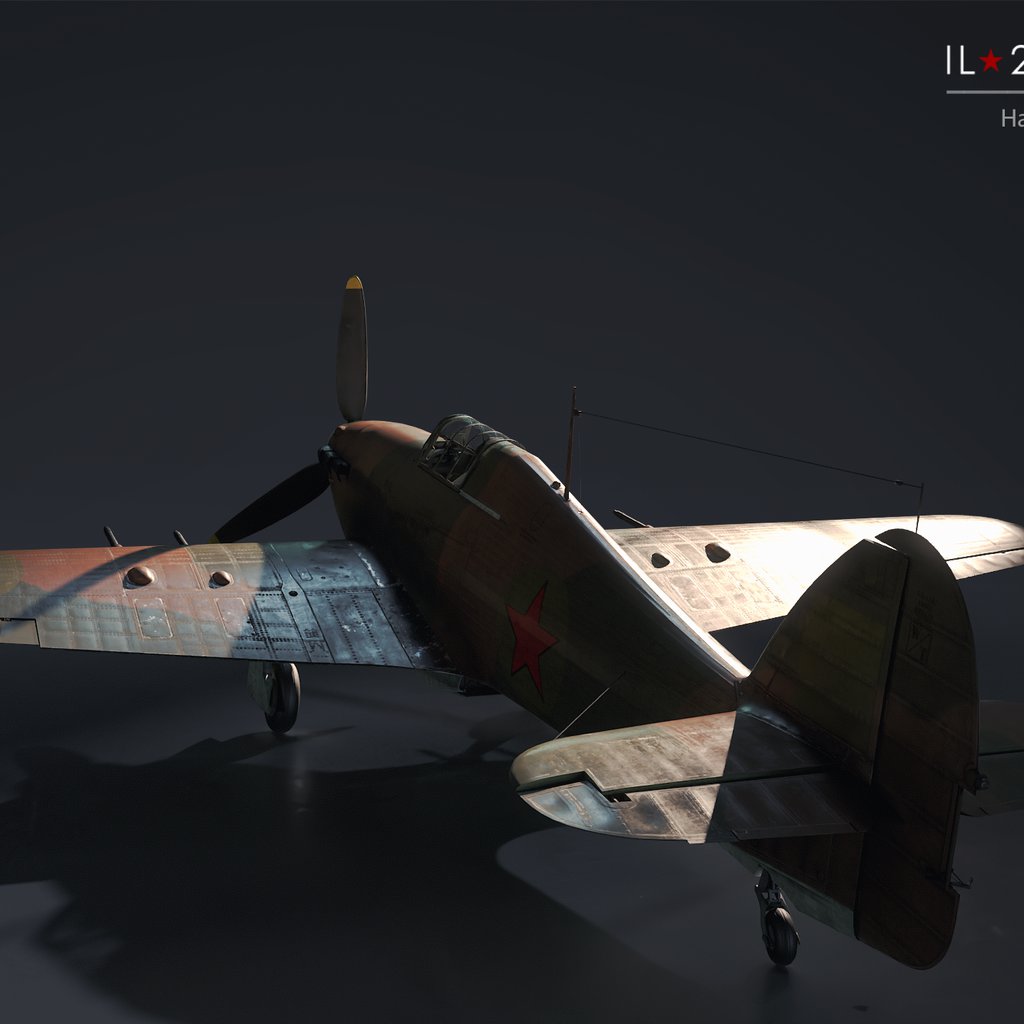Tested in 1935-1936, new Hawker fighters went into mass production in 1937 and entered service under the name Hurricane. At the beginning of the Second World War, Hurricanes were the main British fighters in the United Kingdom and were sent to France as part of the Expeditionary Forces. The very first battles with the Bf 109 E showed that the Germans had a complete advantage in both speed and firepower. The Hurricane's only advantage was its maneuverability: its turning radius was smaller than that of the Messerschmitt. Nevertheless, the British pilots sometimes fought quite successfully. In the Battle of Britain, where Hurricanes made up almost half of the British fighter force, they were used to fight German bombers. After the battle’s conclusion, the modernization of the machine began: the fighters were well mastered by the industry and the War Ministry sought to extend their life.
The fuselage of the Hurricane Mk.II was of mixed construction: plywood frames and wooden stringers were attached to a frame in the form of a welded truss of steel tubes. A varnish-impregnated canvas was stretched over this to cover the rear of the fuselage. The front part of the frame was made of duralumin. The upper part of the cabin sides was made of plywood, the lower part of duralumin. The engine was covered with removable duralumin panels. The wing was made of metal and the weapons were installed inside. A new Merlin XX engine with 1280 hp provided a speed of 518 km/h at an altitude of 4100 m.
-
Armed with 8 rifle-caliber machine guns, the Mk.IIA was produced from September 1940. The Mk.IIA was most commonly used as a night fighter and for long-range attacks over the sea.
-
The Mk.IIB was produced from November 1940; to increase firepower, the number of machine guns was increased to 12. The Mk.IIB was first used as a fighter-bomber: two bomb racks under the wings could carry one 250 lb (113.4 kg) bomb. Later the bomb load was increased to two 500 lb bombs.
-
The Mk.IIC was produced from May 1941 and was armed with four wing-mounted 20 mm British Hispano cannons. Some modifications were made to the plane's equipment; it could also carry bombs. Used primarily as a night fighter and fighter-bomber, there was also a modification for carrier-based aircraft, the Sea Hurricane IIC. The Mk.IIC became the most numerous modification: a total of 4,711 were built.
-
Mk.IID - an anti-tank attack aircraft, was armed with two 40 mm cannons in underwing pods (15 rounds each) and two machine guns for sighting in the cannons. Most of the Mk.IIDs produced went to the Middle East and were fitted with tropical filters. Additional armor kits were fitted to the aircraft, partially protecting the engine from the sides and bottom, and the water-oil cooler from fire from below, but in some cases these were completely or partially removed to improve flight performance. Bulletproof glass was fitted to the sides of the canopy, and two armor plates on either side under the canopy improved the pilot's protection from fire from the front and side. The IID was first used during the Battle of Bir Hakeim in 1942. The guns were effective against German and Italian tanks and armored vehicles from low altitudes, but the weak armor made the IID very vulnerable to ground fire and enemy fighters.
-
PR Mk.II was a reconnaissance version of the aircraft with wing and belly cameras. They were usually modified during repairs in Egyptian workshops with other modifications, including the IIC, removing weapons.
According to British data, 20 Mk.IIA, 1557 Mk.IIB, 1009 Mk.IIC and 90 aircraft of other series were sent to the USSR. It should be noted that in 1941 when most of the aircraft were sent to the USSR, the Air Force had a huge need for modern aircraft. Compared to the I-15 and even the I-16 (although some pilots thought the I-16 was better), the Hurricane was a step forward, but by the beginning of 1942, it was inferior to the German machines in all respects. Therefore, Soviet technicians and engineers tried to improve the characteristics of the British aircraft. Weapon modifications were carried out in the field and in repair shops — the Browning machine guns were replaced by ShVAK cannons and 12.7 mm UBK machine guns. The most common option was the installation of two ShVAK cannons and two UBK machine guns. Launch rails for RS-82 rockets were also installed, and under the wings, mountings for two bombs of up to 100 kg each were fitted The armor of the Hurricane was replaced by armored seats taken from the I-16.
For all their shortcomings, the Hurricanes helped the Soviet Air Force in the most difficult early stages of the war.
Used sources:
1. Jane's Fighting Aircraft of World War II, 1989
2. V. Kotelnikov. Hawker Hurricane fighter. Hero of the Battle of Britain and the Eastern Front", 2022
3. Materials from the site airwar.ru
